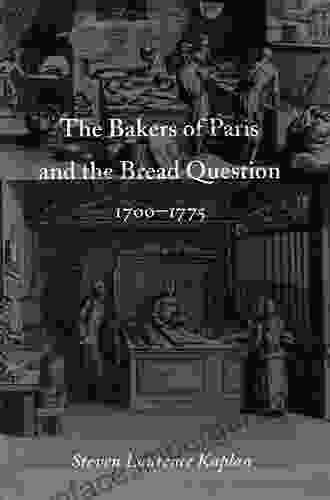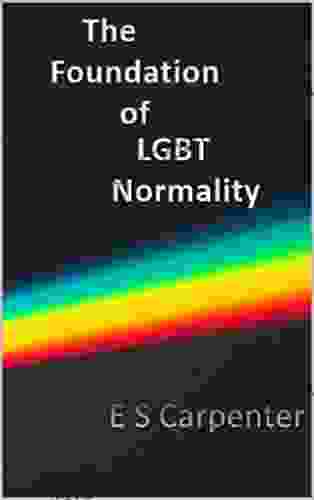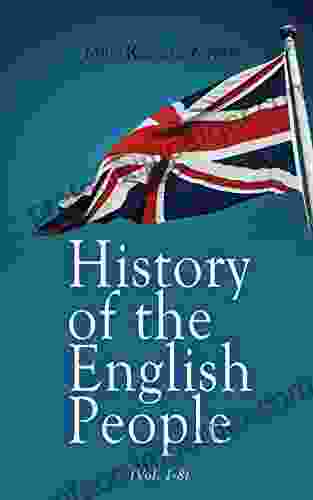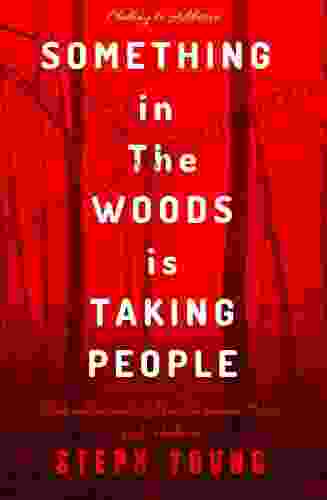The Bakers of Paris and the Bread Question, 1700-1775: A Historical Odyssey into the Heart of Paris

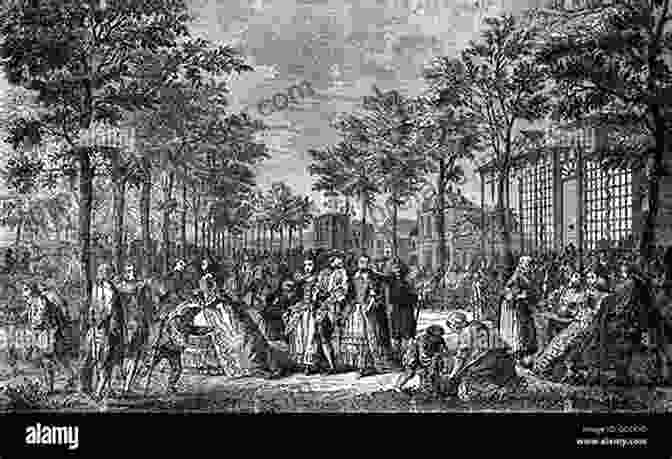
In the heart of bustling 18th-century Paris, where the aroma of freshly baked bread wafted through cobbled streets, the bakers held a prominent position. They were not mere artisans but guardians of a vital commodity that sustained the city's growing population. Their role extended beyond providing nourishment; they were also central figures in shaping the city's economy and influencing the lives of ordinary Parisians.
5 out of 5
| Language | : | English |
| File size | : | 6458 KB |
| Text-to-Speech | : | Enabled |
| Screen Reader | : | Supported |
| Enhanced typesetting | : | Enabled |
| Print length | : | 1089 pages |
| X-Ray for textbooks | : | Enabled |
| Hardcover | : | 396 pages |
| Item Weight | : | 1.46 pounds |
| Dimensions | : | 6.25 x 1 x 9.25 inches |
The Bread Question: A Looming Shadow
In this era, bread was more than just sustenance; it was a matter of public policy. The "bread question" loomed large, as supplying the city with sufficient and affordable bread was crucial for maintaining social Free Download. Bakers were subject to strict regulations and price controls, often facing accusations of hoarding or profiteering. Yet, despite these challenges, they remained a vital part of Parisian society.
Master Bakers and Journeymen: A Guild-Regulated Trade
The bakers of Paris were organized into a guild system, which governed their profession and protected their interests. Master bakers, who owned their own ovens, held a privileged position within the guild. They employed journeymen, who had completed their apprenticeships but had not yet achieved master status. This hierarchical structure ensured a steady supply of skilled bakers while maintaining quality standards.
Bread as a Symbol of Social Status
Bread played a significant role in defining social status in 18th-century Paris. The finest white bread, made from sifted flour, was reserved for the wealthy elite. Poorer Parisians, known as the "sans-culottes," consumed the coarser and darker "pain de munition" (munition bread). This bread was often of inferior quality and insufficient quantity, leading to frequent bread riots and protests.
Innovation and Entrepreneurship: The Quest for Better Bread
Despite the challenges faced by bakers, there was also a spirit of innovation and entrepreneurialism within the trade. Some bakers experimented with new techniques and ingredients to improve the quality of their bread. Others sought to streamline the production process and increase efficiency. This drive for progress laid the foundation for the future development of the bread industry.
The Bakers of Paris: A Vital Cog in the City's Ecosystem
The bakers of Paris were not just breadmakers; they were also integral members of the city's economic and social fabric. Their trade provided employment for thousands of Parisians, from flour millers to bakers' assistants. They also contributed to the city's tax revenue, which was essential for funding public services.
A Window into 18th-Century Parisian Life
Exploring the history of the bakers of Paris offers a unique window into 18th-century Parisian life. It sheds light on the daily struggles and triumphs of ordinary people, the importance of a staple food in shaping social and economic dynamics, and the resilience of the human spirit in the face of adversity.
This book, "The Bakers of Paris and the Bread Question, 1700-1775," is an indispensable resource for anyone interested in the history of Paris, the food trade, or the social and economic history of 18th-century Europe.
Free Download your copy today and delve into the fascinating world of the bakers of Paris!
5 out of 5
| Language | : | English |
| File size | : | 6458 KB |
| Text-to-Speech | : | Enabled |
| Screen Reader | : | Supported |
| Enhanced typesetting | : | Enabled |
| Print length | : | 1089 pages |
| X-Ray for textbooks | : | Enabled |
| Hardcover | : | 396 pages |
| Item Weight | : | 1.46 pounds |
| Dimensions | : | 6.25 x 1 x 9.25 inches |
Do you want to contribute by writing guest posts on this blog?
Please contact us and send us a resume of previous articles that you have written.
 Book
Book Novel
Novel Page
Page Chapter
Chapter Text
Text Story
Story Genre
Genre Reader
Reader Library
Library Paperback
Paperback E-book
E-book Magazine
Magazine Newspaper
Newspaper Paragraph
Paragraph Sentence
Sentence Bookmark
Bookmark Shelf
Shelf Glossary
Glossary Bibliography
Bibliography Foreword
Foreword Preface
Preface Synopsis
Synopsis Annotation
Annotation Footnote
Footnote Manuscript
Manuscript Scroll
Scroll Codex
Codex Tome
Tome Bestseller
Bestseller Classics
Classics Library card
Library card Narrative
Narrative Biography
Biography Autobiography
Autobiography Memoir
Memoir Reference
Reference Encyclopedia
Encyclopedia E M Forster
E M Forster Dino Watt
Dino Watt Hannah Holmes
Hannah Holmes Lynne Henderson
Lynne Henderson John Toth
John Toth Jeff Vandermeer
Jeff Vandermeer Don Hollway
Don Hollway Dr Patrick Kingsley
Dr Patrick Kingsley Yvette Johnson
Yvette Johnson Dr Laura Markham
Dr Laura Markham Donald C Pennington
Donald C Pennington Dylan Howard
Dylan Howard Edgar D Whitcomb
Edgar D Whitcomb Richard Wurts
Richard Wurts Duke Benadom
Duke Benadom Rudolf Steiner
Rudolf Steiner E Amanda Boutot
E Amanda Boutot Doralba Picerno
Doralba Picerno Samuel O Regalado
Samuel O Regalado Douglas J Brewer
Douglas J Brewer
Light bulbAdvertise smarter! Our strategic ad space ensures maximum exposure. Reserve your spot today!

 Henry David ThoreauAdvances In Clinical Chemistry Volume 51: A Comprehensive Exploration of...
Henry David ThoreauAdvances In Clinical Chemistry Volume 51: A Comprehensive Exploration of... Mitch FosterFollow ·18.6k
Mitch FosterFollow ·18.6k Virginia WoolfFollow ·4.8k
Virginia WoolfFollow ·4.8k Henry Wadsworth LongfellowFollow ·2.9k
Henry Wadsworth LongfellowFollow ·2.9k George Bernard ShawFollow ·9.1k
George Bernard ShawFollow ·9.1k Lawrence BellFollow ·4.8k
Lawrence BellFollow ·4.8k Matthew WardFollow ·6.5k
Matthew WardFollow ·6.5k Tom HayesFollow ·14.2k
Tom HayesFollow ·14.2k Bradley DixonFollow ·16.7k
Bradley DixonFollow ·16.7k

 Donovan Carter
Donovan CarterUnveiling the Tapestry of Western Civilization:...
: Step into the annals of Western...
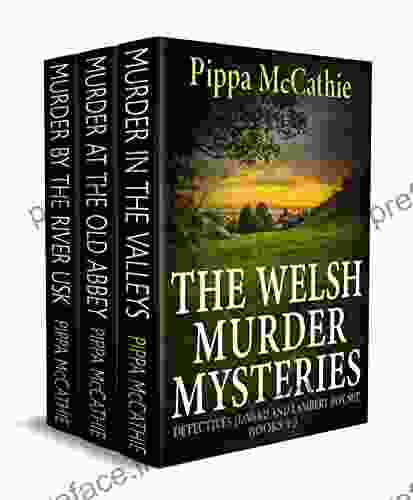
 Pablo Neruda
Pablo NerudaUnveil the Secrets: The Welsh Murder Mysteries
Prepare to be captivated as...

 Benji Powell
Benji PowellNot Without Our Consent: Lakota Resistance to...
In the mid-20th...

 Ryan Foster
Ryan FosterUncover the Heroic Exploits of U.S. Navy Special Warfare...
The annals of modern warfare are replete...

 Gage Hayes
Gage HayesPlan to Provide Quality Care for All While Saving...
The healthcare...

 Felix Carter
Felix CarterUnveiling the Timeless Wisdom of Machiavelli: The...
Niccolò...
5 out of 5
| Language | : | English |
| File size | : | 6458 KB |
| Text-to-Speech | : | Enabled |
| Screen Reader | : | Supported |
| Enhanced typesetting | : | Enabled |
| Print length | : | 1089 pages |
| X-Ray for textbooks | : | Enabled |
| Hardcover | : | 396 pages |
| Item Weight | : | 1.46 pounds |
| Dimensions | : | 6.25 x 1 x 9.25 inches |


